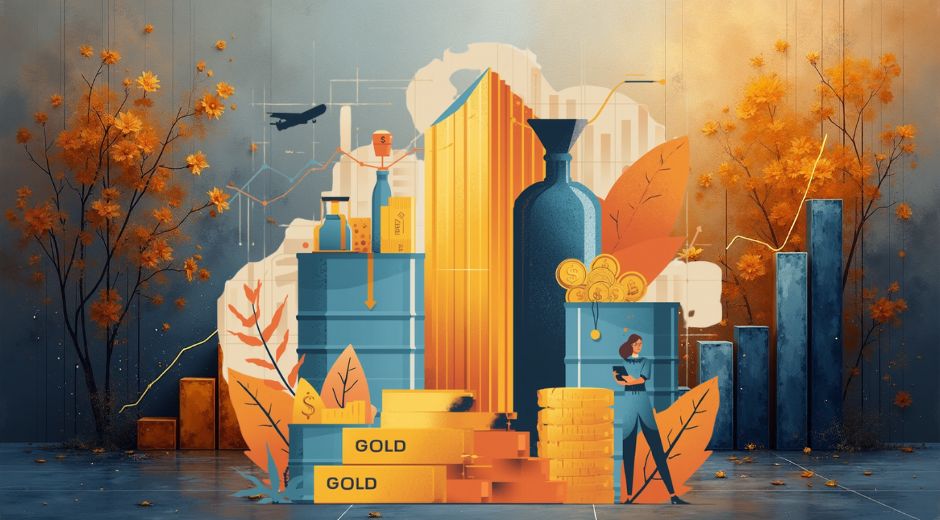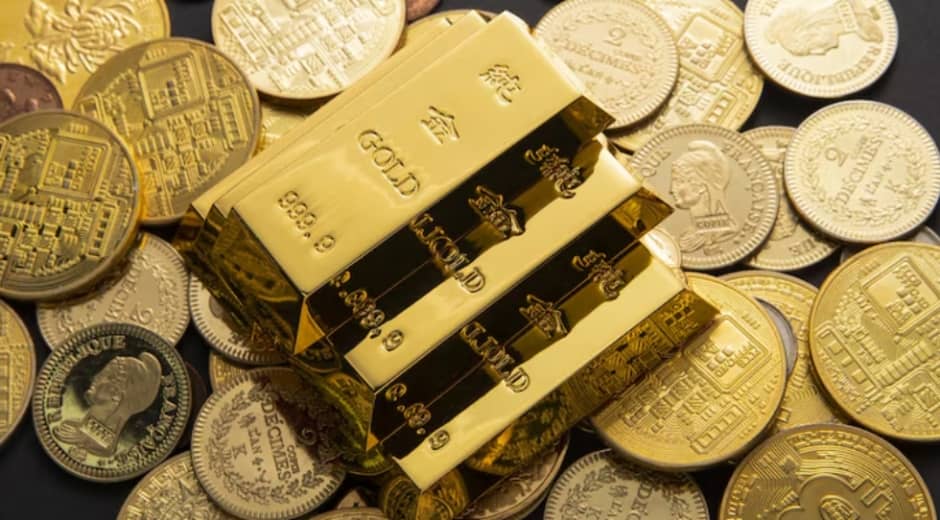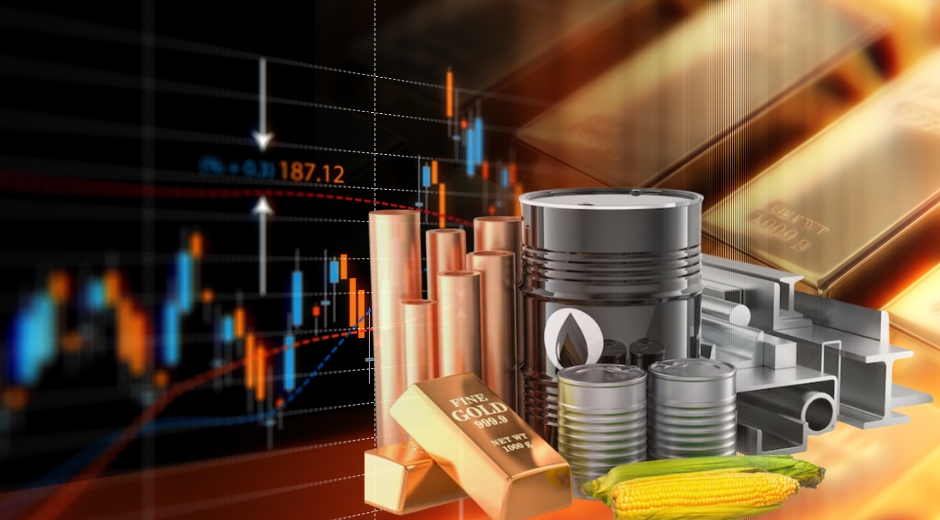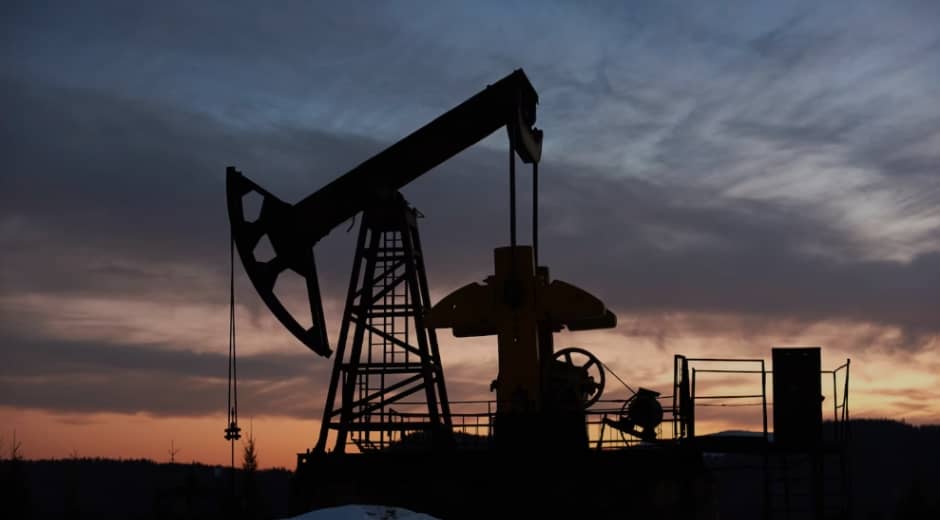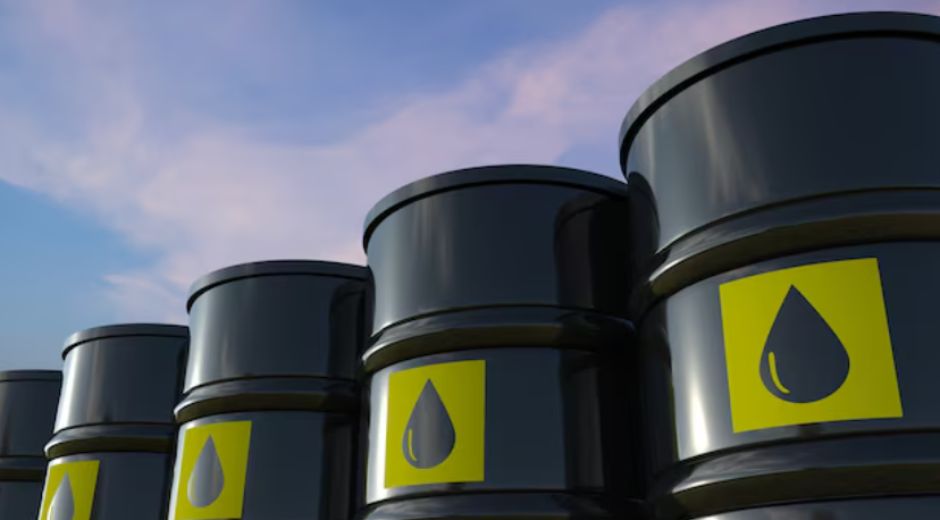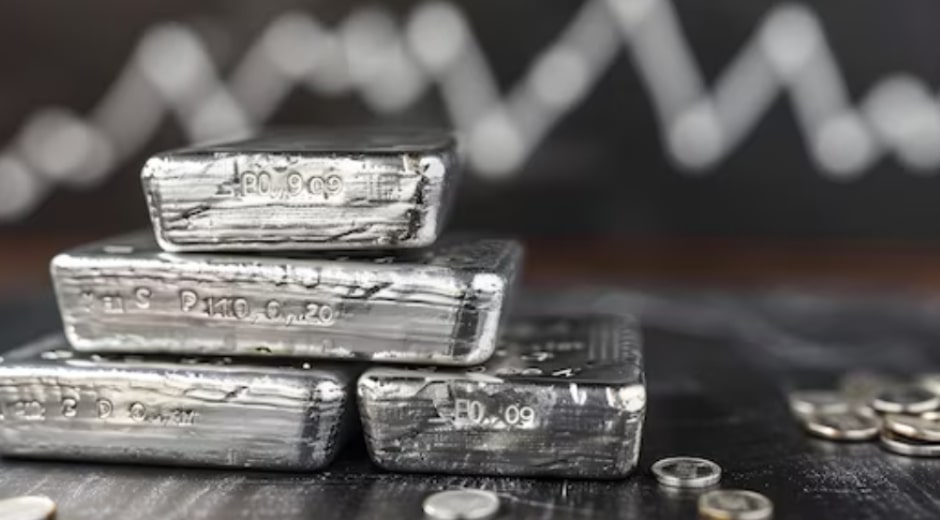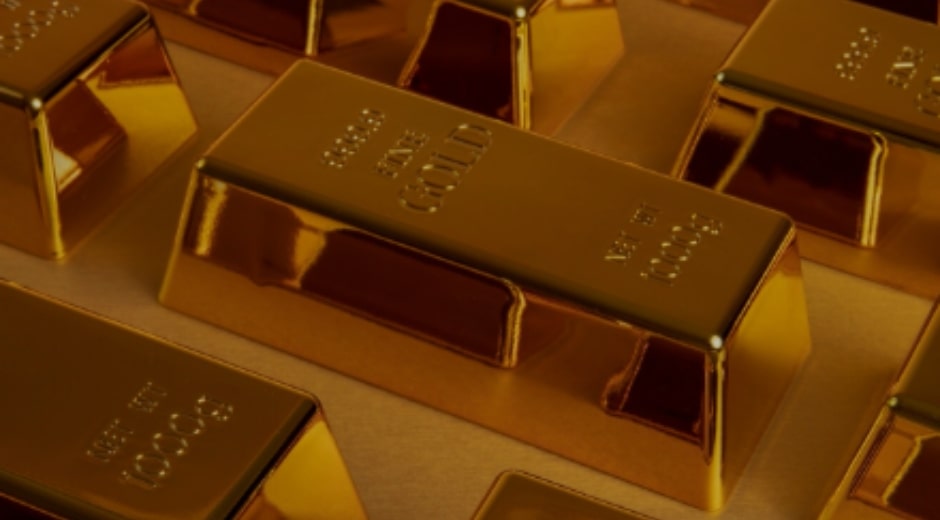Commodities Unlocked: Why Gold, Oil, and More Still Matter in Modern Portfolios
While stocks and crypto dominate today’s headlines, commodities remain one of the oldest — and still essential — asset classes in global finance. From gold and silver to oil, wheat, and lithium, commodities power everything from our economies to our electronics.
In a world facing inflation shocks, geopolitical tensions, and energy transitions, commodities are back in the spotlight. But what exactly are they, and why should modern investors pay attention?
This article breaks down the role of commodities in a diversified portfolio, the types you can invest in, current trends, and how to get started in this high-impact market.
1. What Are Commodities?
Commodities are raw materials — either grown or mined — that are used to produce goods and services. They are typically standardized and traded on global exchanges.
Two major categories:
Hard commodities: Natural resources like gold, oil, copper, and lithium.
Soft commodities: Agricultural goods like corn, wheat, coffee, and cotton.
Why it matters:
These assets are the foundation of the global supply chain. When their prices move, they ripple through economies — affecting inflation, consumer costs, and corporate profits.
2. Why Investors Turn to Commodities
Unlike stocks or bonds, commodities aren’t tied to corporate earnings or interest rates — making them powerful tools in turbulent markets.
Key benefits:
Inflation hedge: Hard commodities like gold often rise when currency loses value.
Diversification: Commodities typically have low correlation with traditional assets.
Geopolitical exposure: Commodity prices reflect real-world events (e.g. war, drought, supply disruptions).
📈 Example:
In 2022, oil prices surged above $100/barrel amid the Russia-Ukraine war, driving energy stocks and inflation hedges higher — even as tech stocks slumped.
3. Types of Commodities Worth Watching
Let’s break down the most important ones for today’s market.
🟡 Gold & Precious Metals
Safe haven during market volatility
Commonly used as an inflation hedge
Tradable via ETFs, futures, or physical bars/coins
🛢️ Oil & Natural Gas
Critical to transportation and energy
Sensitive to OPEC decisions, supply disruptions, and global demand
Volatile, but high-impact
🌾 Agriculture (Wheat, Corn, Soybeans)
Affected by weather, climate change, and geopolitics
Increasing relevance due to food security concerns
⚡ Battery Metals (Lithium, Nickel, Cobalt)
Crucial to EVs and clean energy transition
Rapidly rising demand from tech and green sectors
Often accessed via mining stocks or specialized ETFs
4. How to Invest in Commodities
You don’t need to own a barrel of oil or a crate of soybeans to invest in commodities. Here are the most common methods:
✅ 1. Commodity ETFs
Track the price of gold, oil, or a basket of goods
Easy to trade and liquid
Good for beginners
✅ 2. Futures Contracts
Allow speculation on future price movements
Highly leveraged and complex
Best for experienced traders
✅ 3. Commodity Stocks
Companies that mine, drill, or farm commodities
More exposure to corporate performance than pure commodity prices
✅ 4. Physical Ownership
Gold, silver coins or bars
Requires secure storage, premiums apply
5. Risks and Considerations
While commodities can be powerful tools, they also come with risks:
Volatility: Prices are sensitive to global events and seasonality.
Leverage risk: Futures contracts can amplify gains and losses.
Storage and liquidity: Physical assets come with cost and logistical issues.
Supply chain shocks: Pandemics, weather, and politics can cause abrupt price changes.
Smart move:
Balance your exposure. Use commodities to hedge, not to chase performance.
6. The Future of Commodities: Clean Energy, Conflict & Climate
The commodities landscape is shifting rapidly:
Green transition metals like lithium and rare earths are becoming strategic assets.
Water and carbon credits are emerging as new tradable commodities.
Geopolitical flashpoints continue to drive demand for energy security and food resilience.
As the global economy retools for sustainability and digitalization, commodities remain at the center of every transformation.
Conclusion: Timeless Assets for a New Era
Commodities are no longer just “old world” assets. From the chips in your smartphone to the batteries in electric vehicles, they’re shaping the economy of tomorrow.
By understanding and strategically allocating to commodities, investors can gain protection, diversification, and exposure to some of the most powerful global trends.
Whether you’re hedging against inflation or investing in the future of energy, commodities deserve a place in your modern portfolio.
Education Made Simple

Commodities Unlocked: Why Gold, Oil, and More Still Matter in Modern Portfolios
Discover how exchange-traded funds (ETFs) are revolutionizing investing. Learn about thematic ETFs, diversification, risk factors, and strategies for smarter portfolio building.

Crypto Reimagined: How Digital Assets Are Reshaping Global Finance
Discover how exchange-traded funds (ETFs) are revolutionizing investing. Learn about thematic ETFs, diversification, risk factors, and strategies for smarter portfolio building.

ETFs Uncovered: How Exchange-Traded Funds Are Changing Investing 2025
Discover how exchange-traded funds (ETFs) are revolutionizing investing. Learn about thematic ETFs, diversification, risk factors, and strategies for smarter portfolio building.

Investing in Disruption: Stocks Poised for the Next Big Leap
In a landmark move for the AI industry, Nvidia and OpenAI have announced a $100 billion strategic partnership to build at least 10 gigawatts of AI data center capacity.
